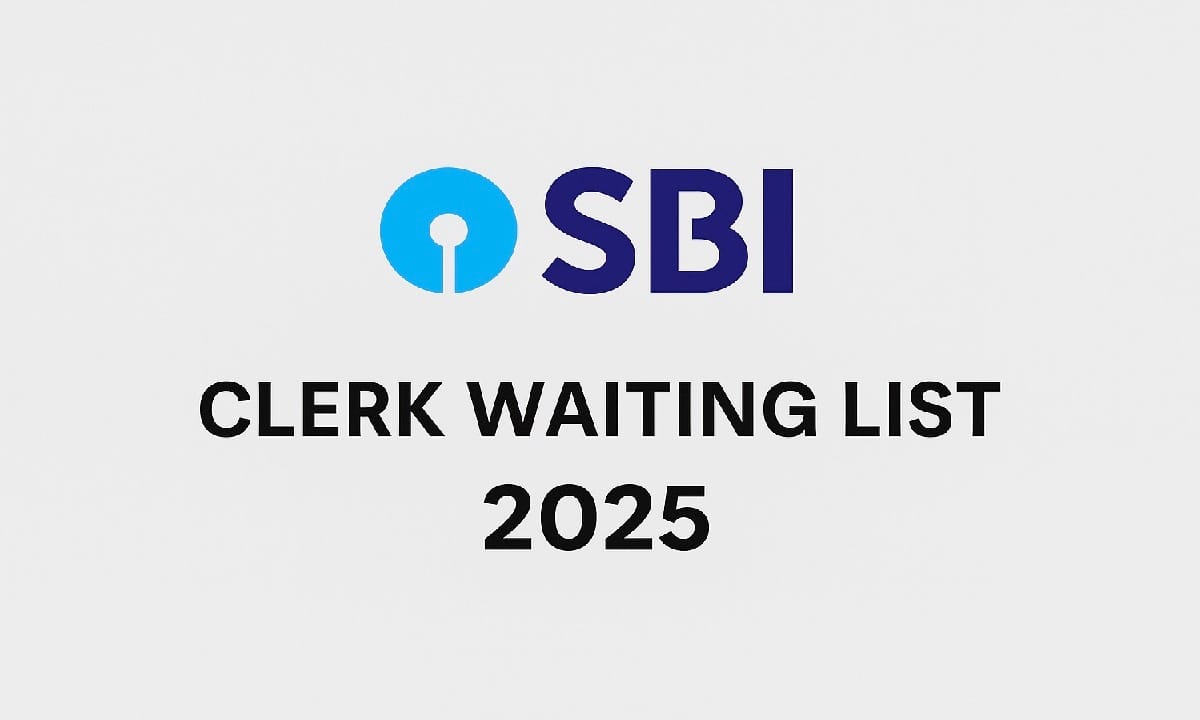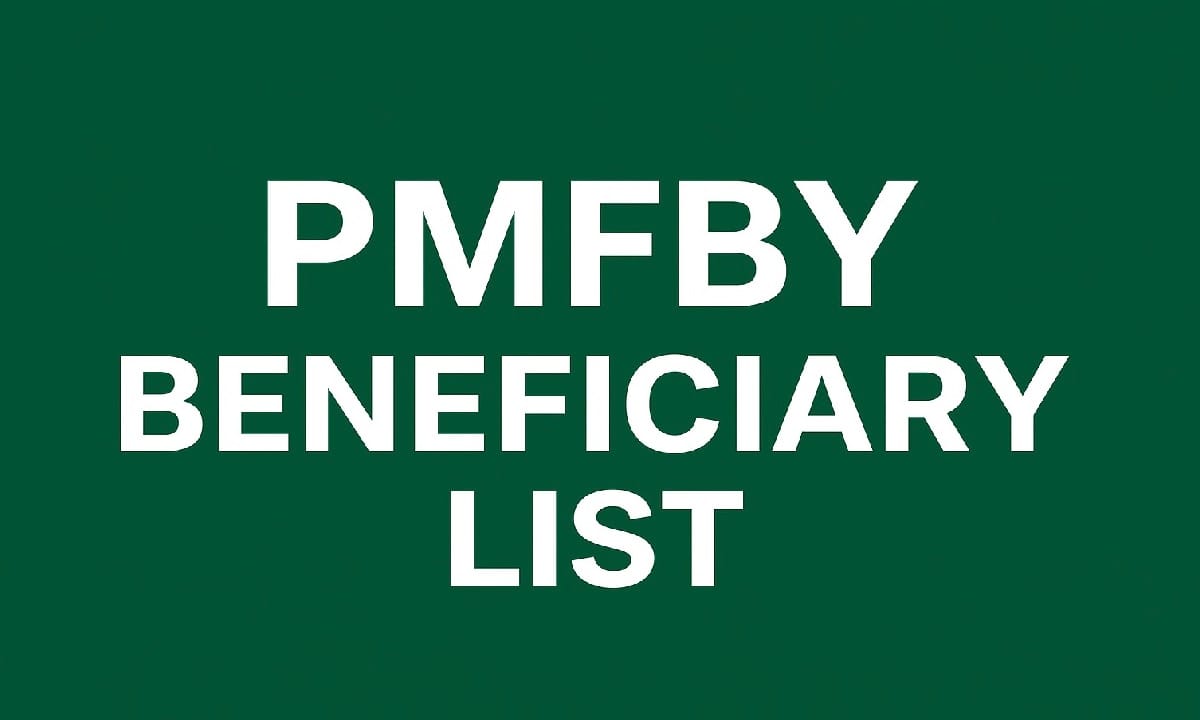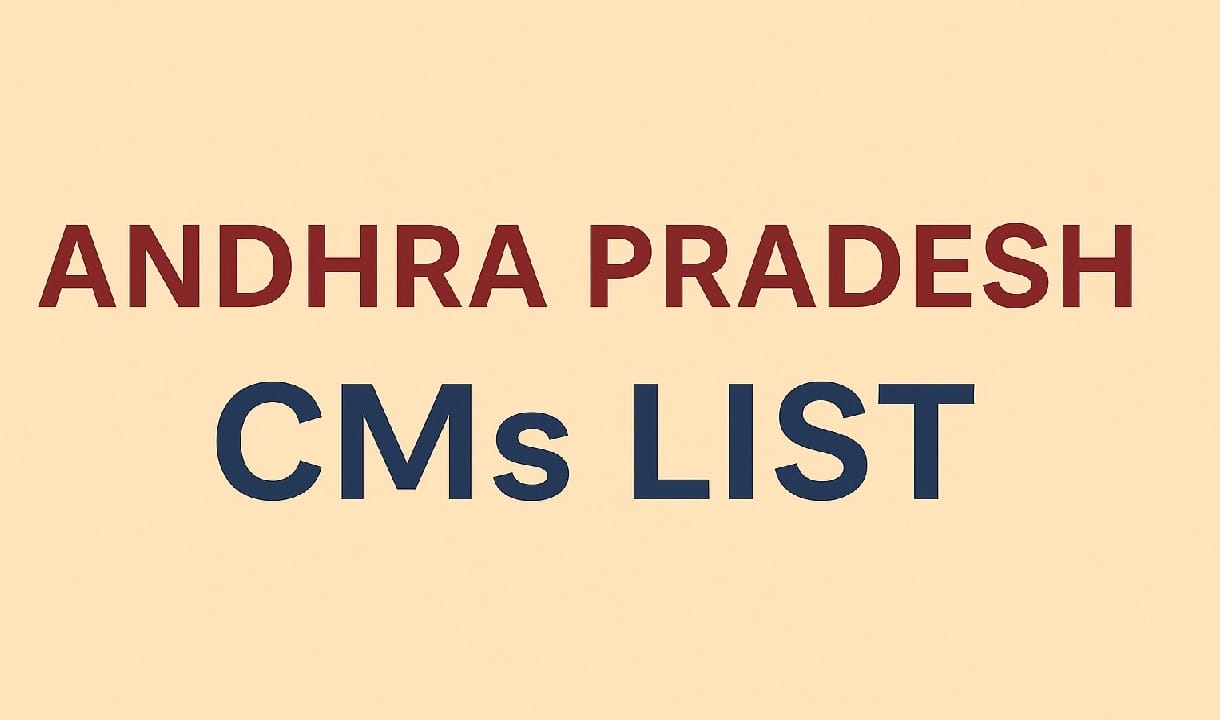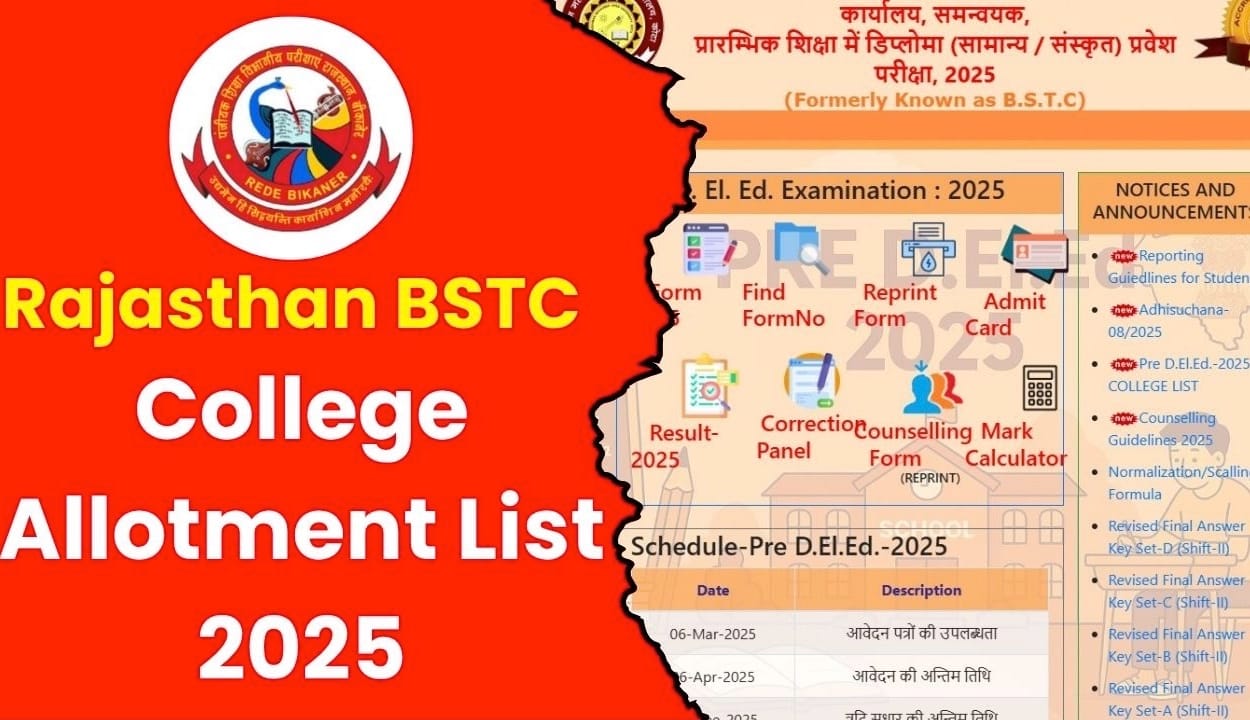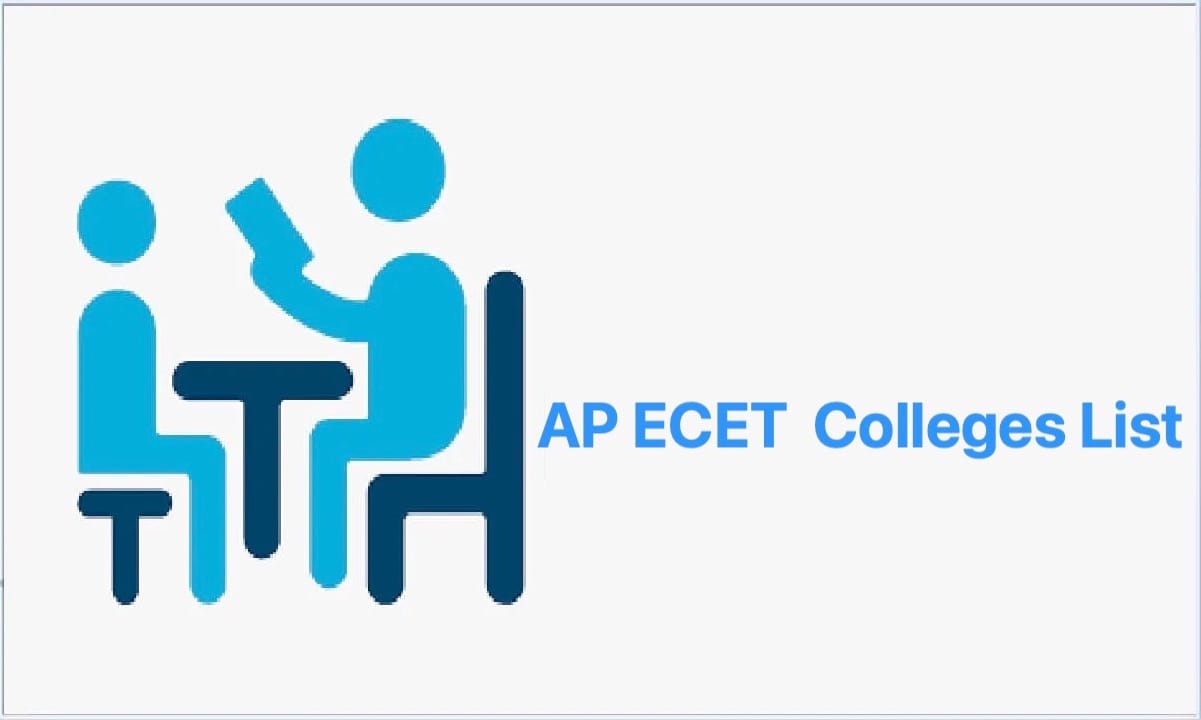SBI Clerk Waiting List 2025 PDF Released – Check 1st Wait List Online
The State Bank of India (SBI) has released the 1st wait list for the SBI Clerk Mains Exam 2025. This comes as good news for many candidates who were eagerly waiting for another chance at selection. The SBI Clerk Mains exam was conducted from 10th April to 12th April 2025, and now candidates can check their wait list status directly on the official website of SBI. The SBI Clerk Waiting List 2025 is an important part of the recruitment process, as it gives opportunities to those candidates who were very close to the cut-off but missed being included in the main list. SBI Clerk 2025 – Recruitment Highlights Here is a quick look at the important details of SBI Clerk Recruitment 2025: Event Date Notification Release Date 16 December 2024 Online Application Start 17 December 2024 Last Date to Apply 07 January 2025 Last Date for Fee Payment 07 January 2025 Preliminary Exam 22, 27, 28 Feb & 01 March 2025 Prelims Admit Card 10 February 2025 Mains Exam Date 10 – 12 April 2025 Mains Admit Card 01 April 2025 Mains Result Date 11 June 2025 Score Card Release 12 June 2025 1st Wait List Release 13 August 2025 How to Check SBI Clerk Waiting List 2025 Candidates can check the SBI Clerk Waiting List 2025 PDF in just a few steps: STEP 1: Visit the official SBI website https://sbi.co.in/. STEP 2: Find and click on the link – “SBI Clerk Recruitment 1st Wait List 2025”. STEP 3: The wait list will open in a PDF format. STEP 4: Use the search option (Ctrl + F) to quickly find your Roll Number or Name. STEP 5: Download and save the file for future reference. SBI Clerk 1st Waiting List 2025 PDF Download SBI clerk waiting list 2025 pdf direct from below link. https://sbi.co.in/documents/77530/52947104/Junior+Associates-WL-1-2024-RESULT-15+FORMAT.pdf/80582550-b822-4507-3552-4d958f12dcf0?t=1755065695627 SBI Clerk Selection Process The selection process for SBI Clerk includes: Preliminary Exam – To test basic knowledge. Mains Exam – A detailed test of subjects. Document Verification – Checking original certificates. Language Proficiency Test – To ensure knowledge of the local language. Final Selection – After clearing all stages successfully. Read : SBI Clerk Waiting List PDF for Junior Associates | SBI JA Waiting List 2025
The State Bank of India (SBI) has released the 1st wait list for the SBI Clerk Mains Exam 2025. This comes as good news for many candidates who were eagerly waiting for another chance at selection. The SBI Clerk Mains exam was conducted from 10th April to 12th April 2025, and now candidates can check their wait list status directly on the official website of SBI. The SBI Clerk Waiting List 2025 is an important part of the recruitment process, as it gives opportunities to those candidates who were very close to the cut-off but missed being included in the...

